Sno-White 1971 HEMI® ’Cuda Convertible
– Super rare 1-of-12 1971 ’Cuda Convertible with HEMI® engine
– Car built for export to France and returned to the USA
– Expertly restored by highly acclaimed Mopar® guru Roger Gibson
CHANGES FOR 1971 MODEL YEAR
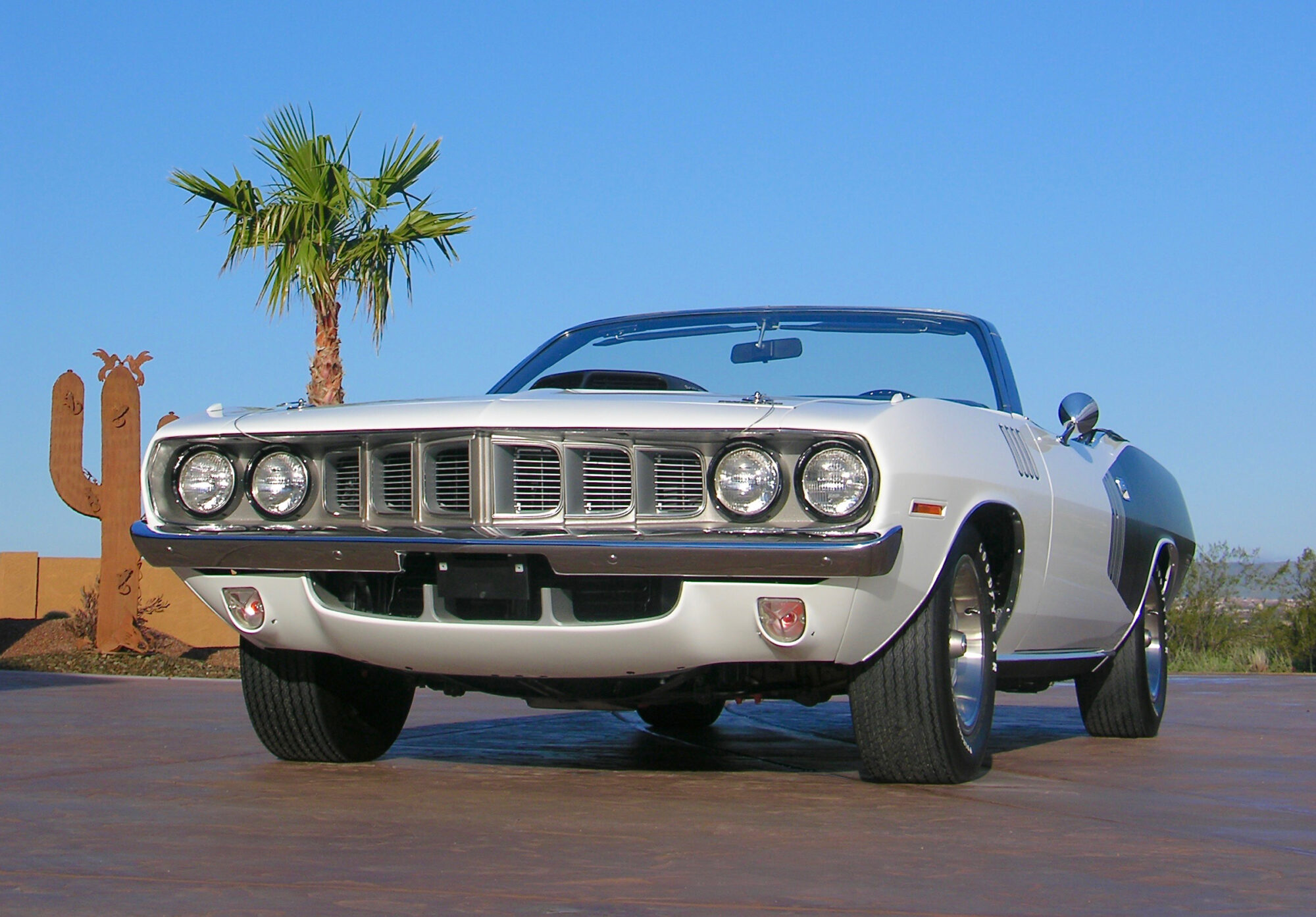
For the E-body Barracuda line, its second-year restyling included a new look up front, now four headlights rather that the two from 1970, and a completely newly styled, vertical second grille that had a much more complex, busier flavor. The sheet metal below the front bumper was also revised in shape, and with the turn indicators now moved in that lower panel.
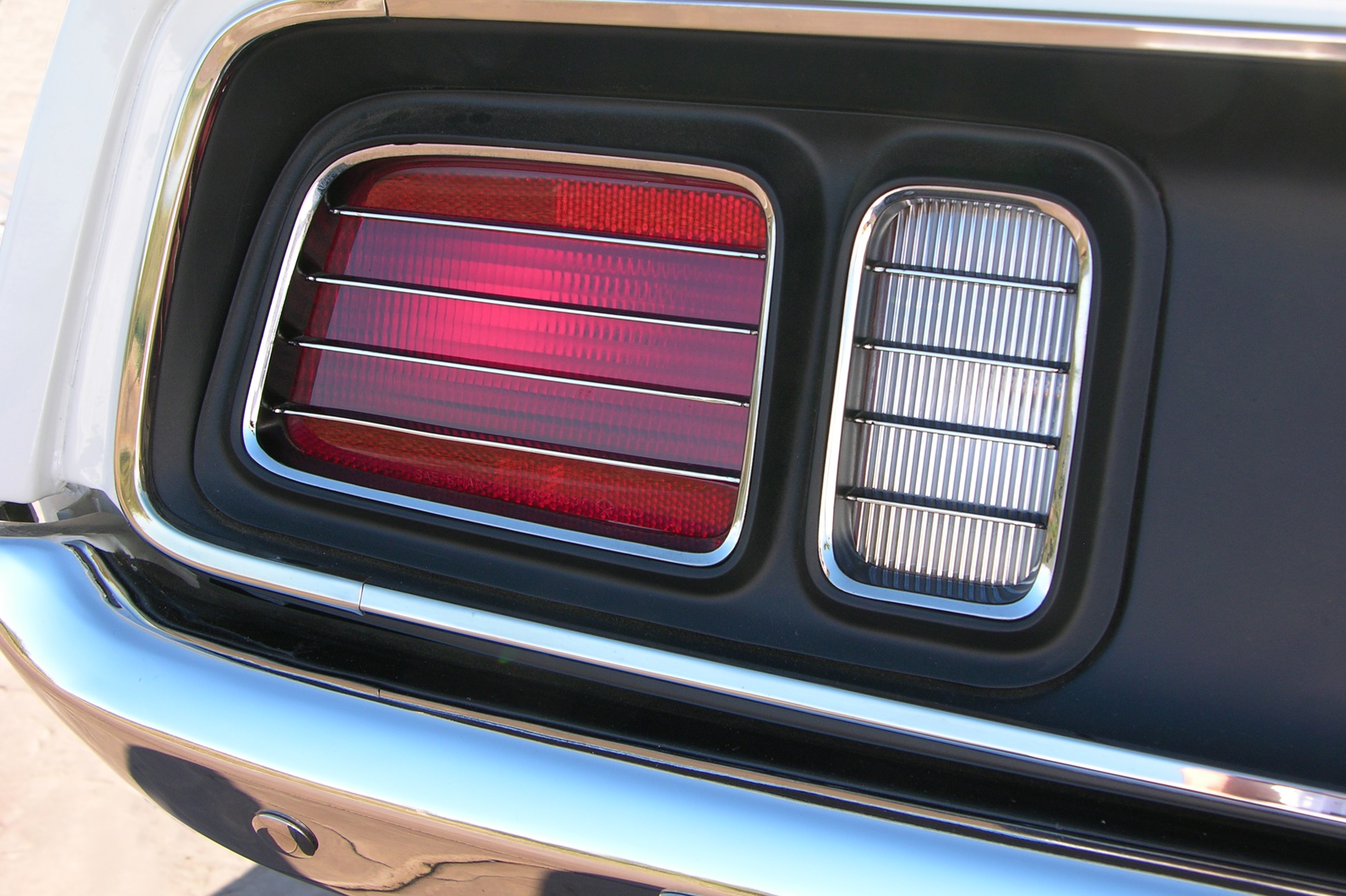
The rear end of the Barracuda line was nearly exactly the same as the 1970 models. On the rear panel, the openings for the taillights were the same shape and size, however the taillights and backup lights themselves were redesigned ever-so-slightly, for the sake of a “change.”
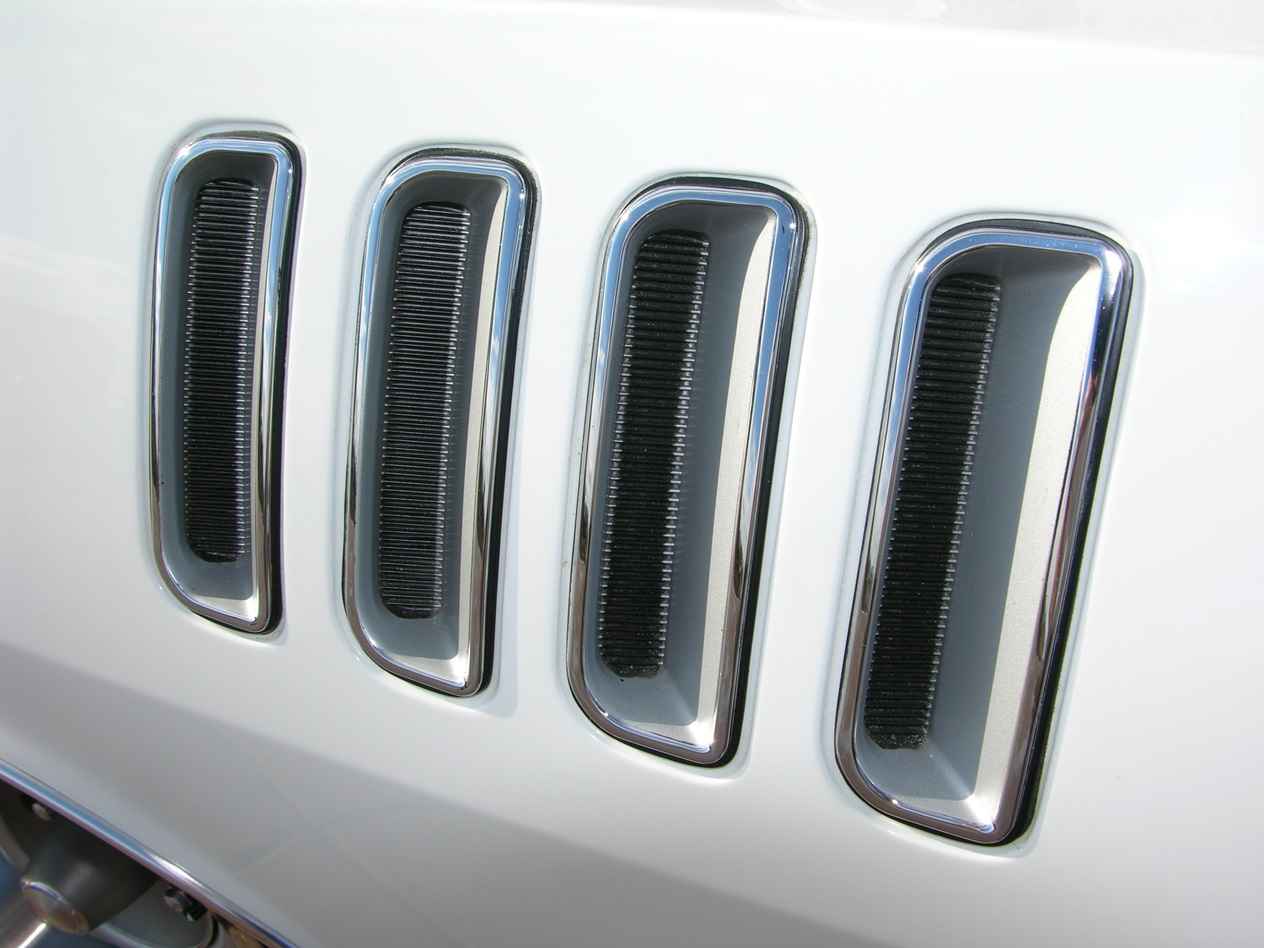
Stylists had to keep busy in-between model years back then and, for ’Cuda applications for 1971, they dreamed up these simulated louvers, adding “bling” to the front fenders before the word bling had come to the English language. Only used on ’Cuda models, not on standard Barracudas or Gran Coupes.
IN 1971, PLYMOUTH DEALERS OFFERED HEMI ENGINE-POWERED ’CUDA CONVERTIBLES
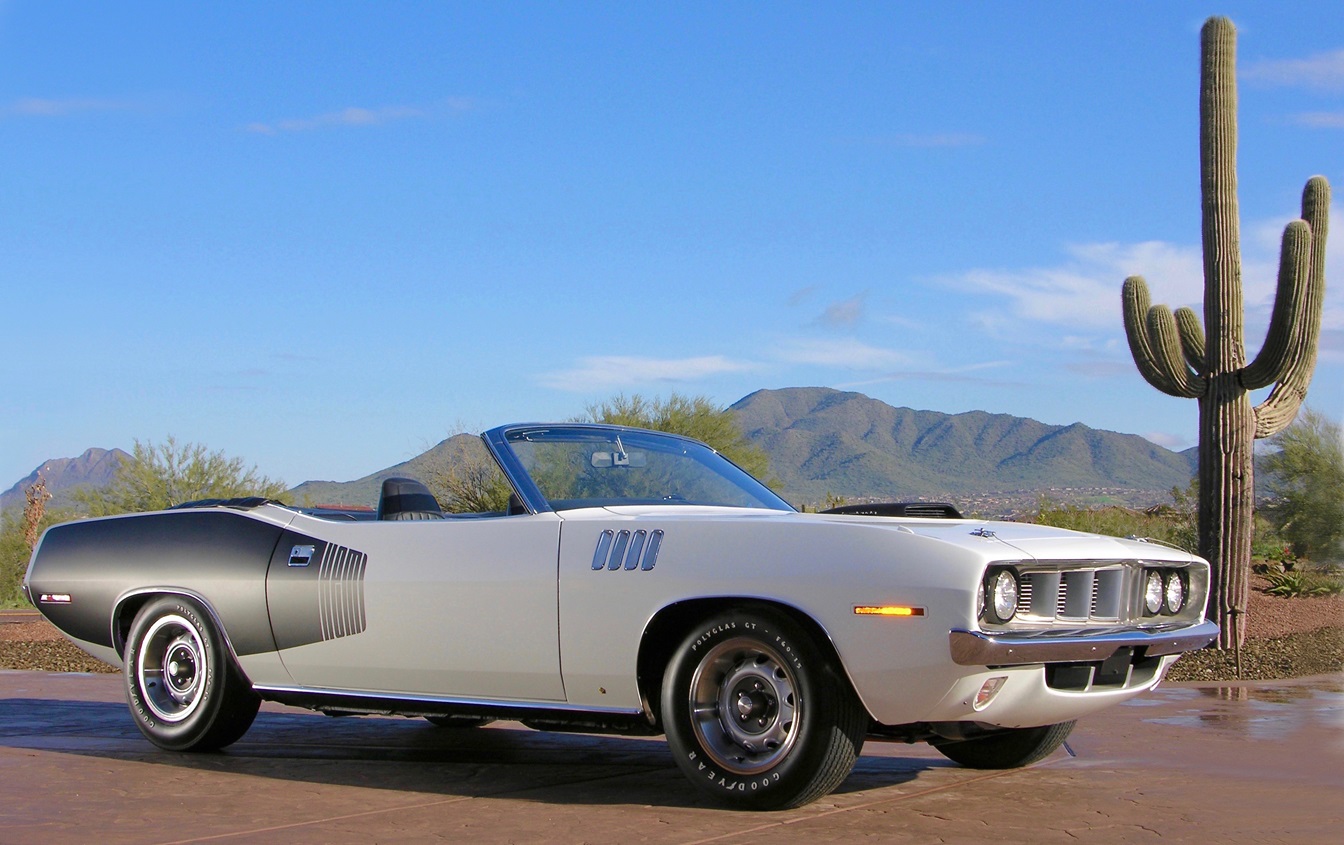
When one talks about 1971 HEMI ’Cuda Convertible production, which there were just 12 built in all, well it’s beyond rare! The pictured Sno-White example was exported to France when new, making it extra-special rare … a milestone car indeed! When the car arrived at the “Importateur Distributeur” in Paris all those years ago, who would have known that all these years later it would survive, and eventually making its way back to the USA. The HEMI engine was gone at the end of the 1971 model year, and no convertible Barracudas in ’72 as well.
YUP, IT’S A HEMI
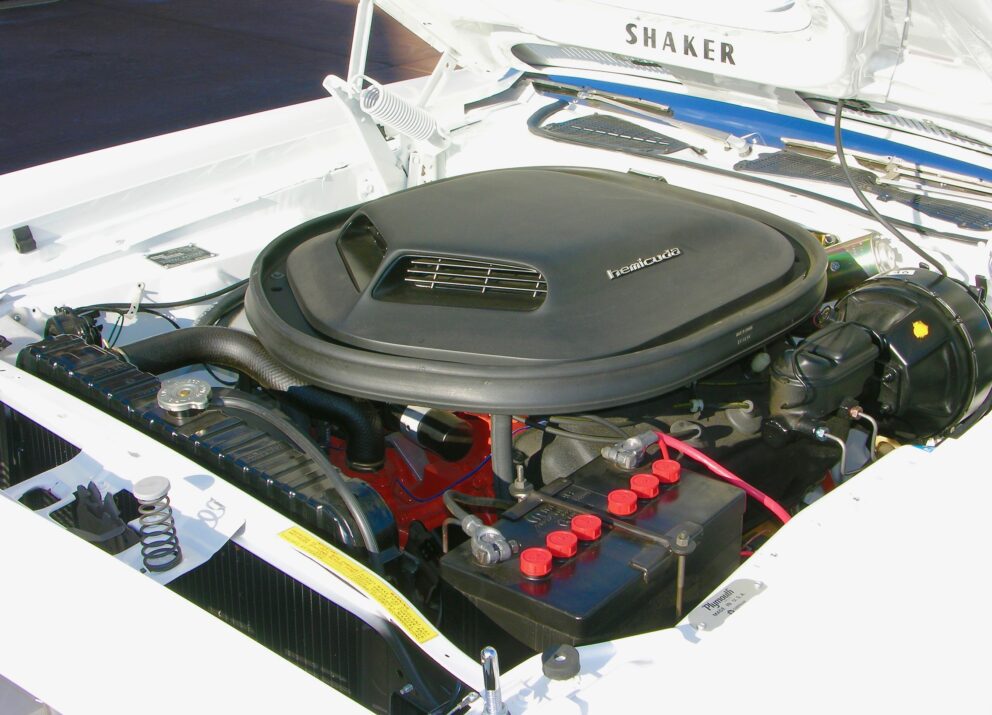
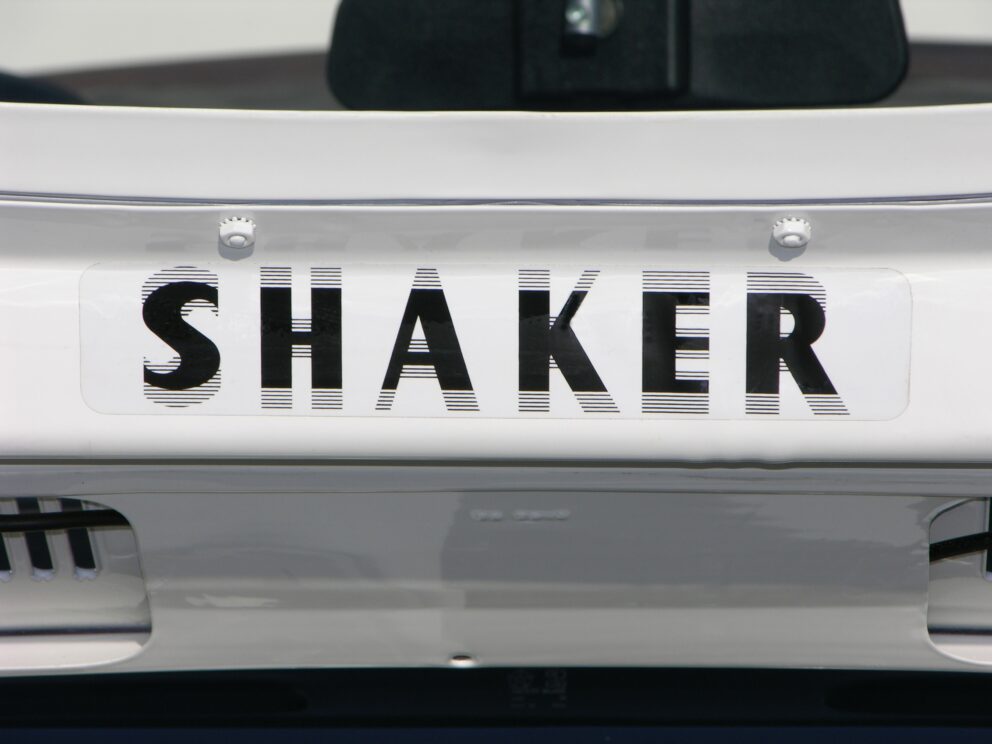
The original buyer of this car clearly wanted some extra horsepower under the hood, because when it came time to select the powerplant, the option code “E74” was chosen: the “426 HEMI” engine! This was an $883.90 addition to the base price of the car ($3,412.00) and with 425 horsepower, it most certainly would have been a contender in France for being the fastest car around! When a “Hemicuda” was ordered in 1971, the “N96” Shaker Hood came as part of the package.
Fitted with the “billboard” longitudinal side strips that proclaimed “HEMI” in big bold letters on each side, this droptop ’Cuda was most certainly noticeable as an extremely potent passenger car, equipped with enough horsepower to tackle anything and everything that it met on the French roads and highways!
INTERIOR
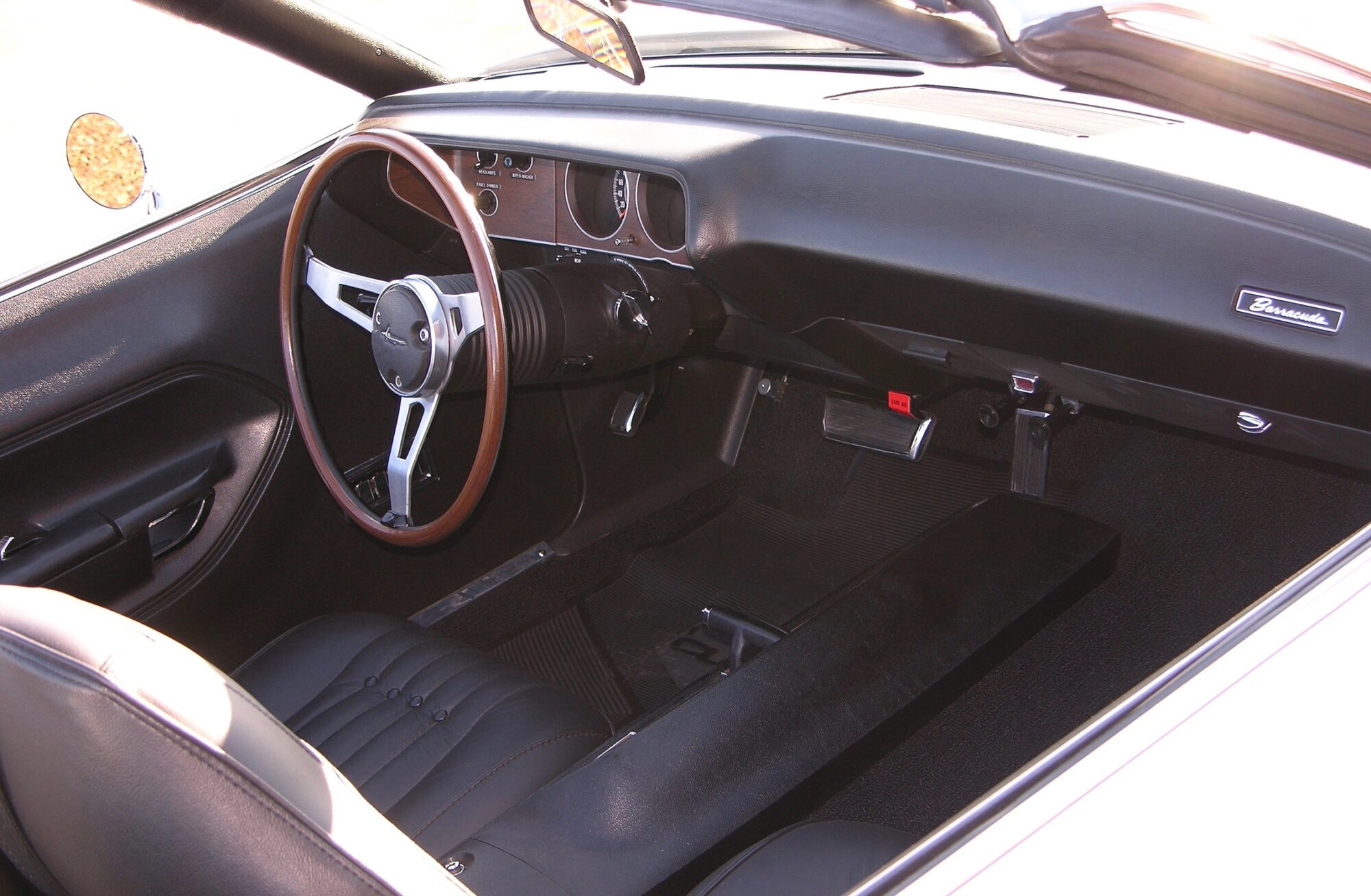
Black interior, leather seats, rim blow steering wheel, power windows, center console, a “no radio” car (area on the dash blocked off). 240 miles per hour speedometer? No. Because the car was built for use in France, it featured a “metric” speedometer/odometer, calibrated for kilometers.
F60-15 RUBBER
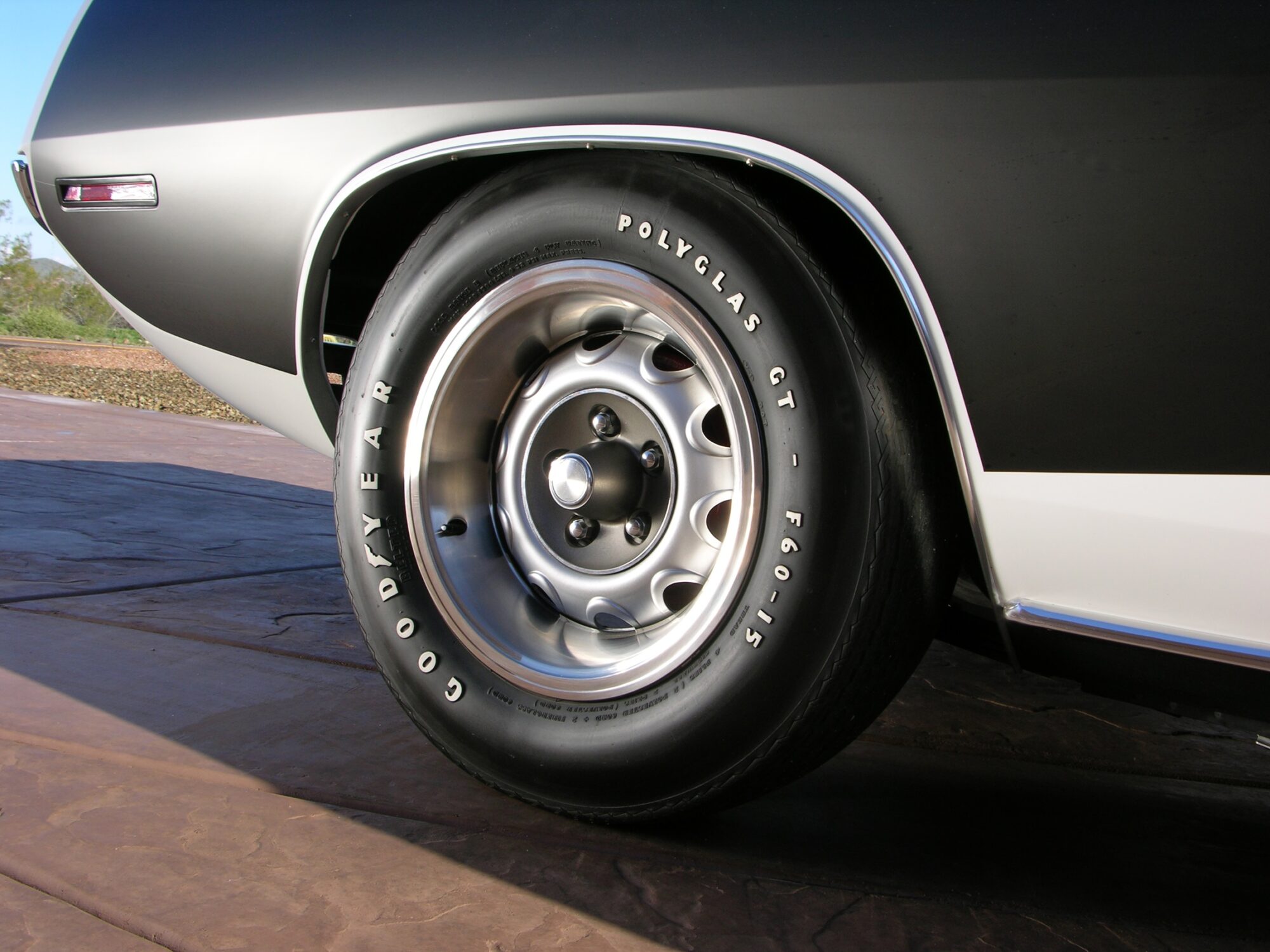
The tires fitted to HEMI engine-powered E-body cars from the factory were the Goodyear Poliglas GT, sized F60-15, which have a tread width of 8.25 inches. The Rallye Wheels were coded “W21” on the dealer price list and measure 7 inches wide.
FENDER TAGS
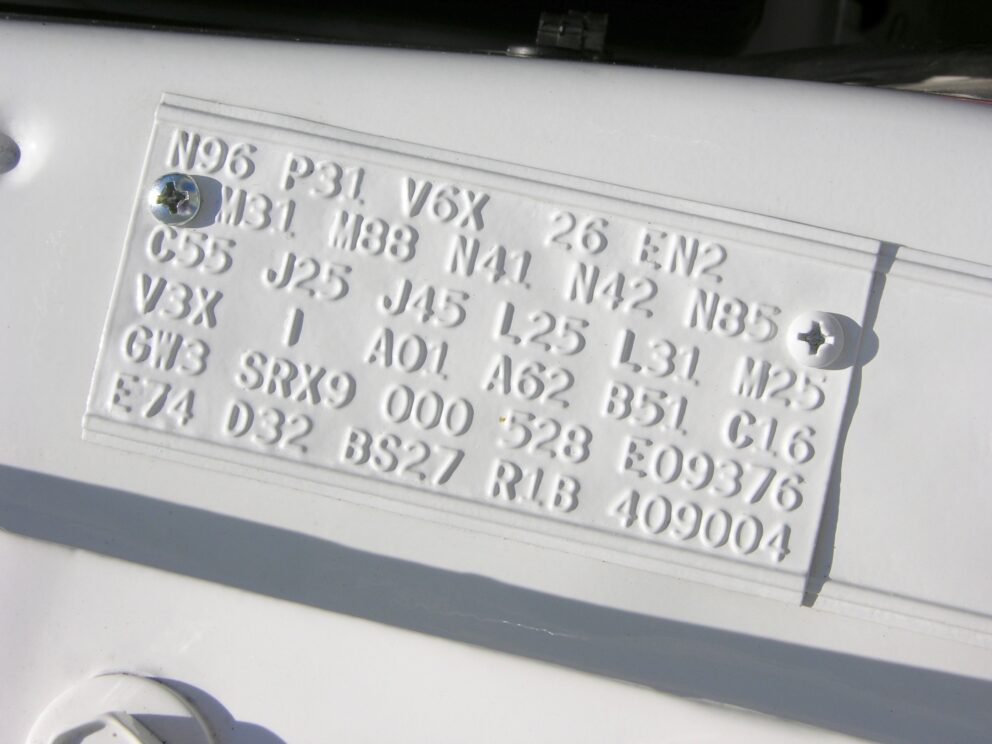
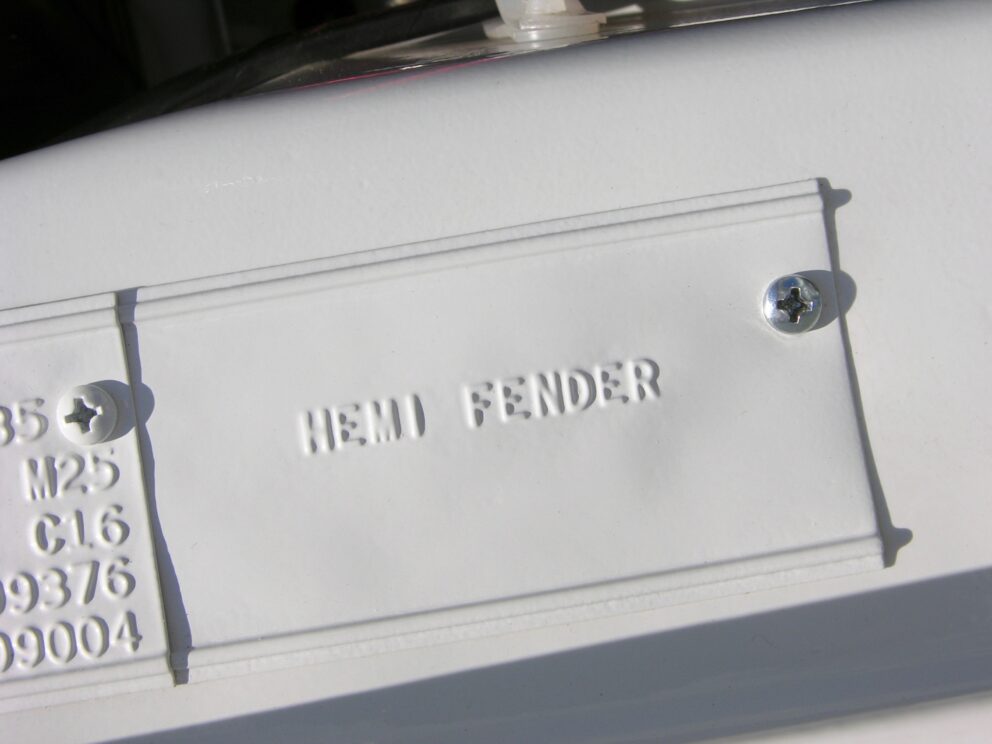
Key codes are: E74 = 426 HEMI, D32 = TorqueFlite, N96 = Shaker, P31 = power windows, C16 = center console, N85 = tachometer, V6X = black longitudinal stripes (aka “billboards”) and “I” = export. HEMI Fender = special clearance notches of front fenders for the F60-15 tires.
EXPORT DATA PLATES
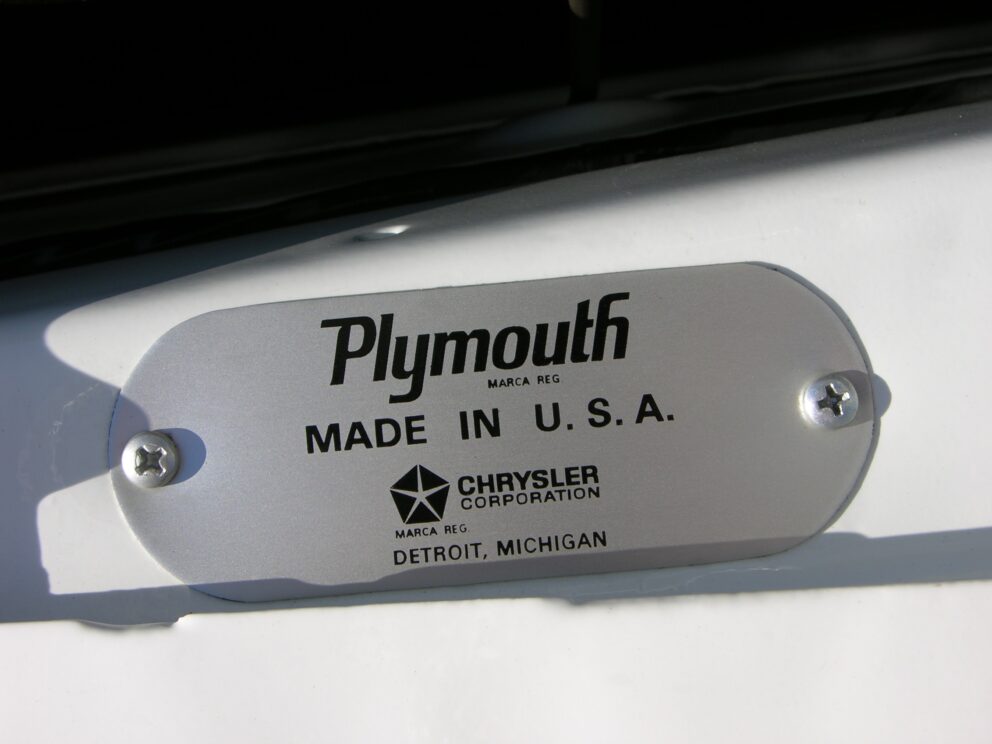
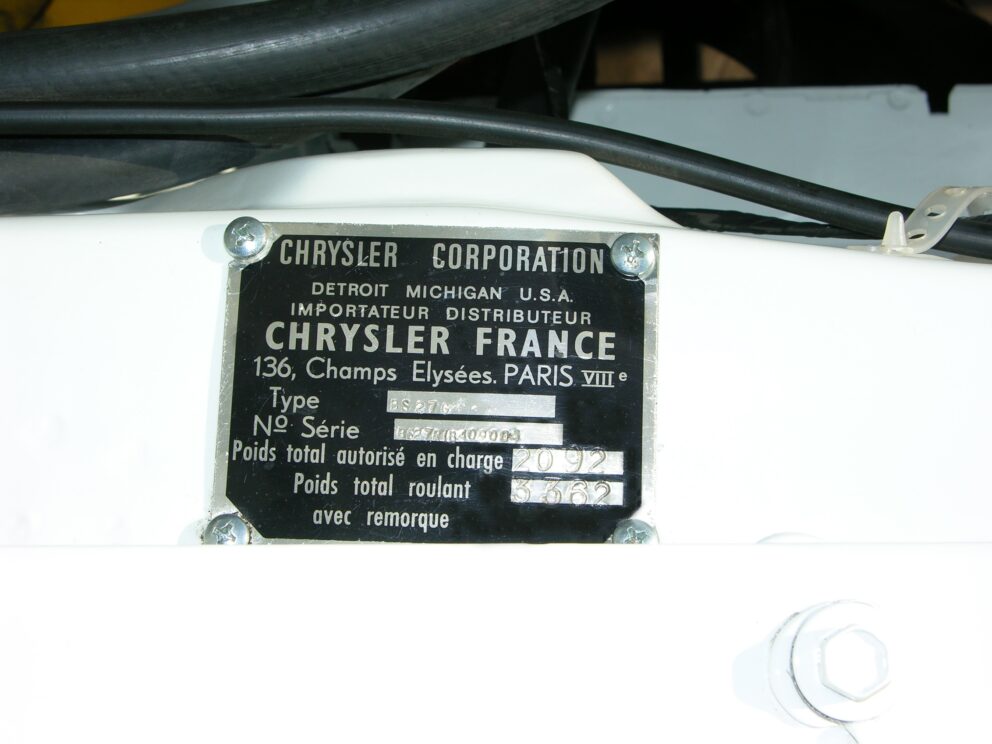
Chrysler vehicles that were manufactured for export had specific info plates attached, including in the case of this ’Cuda. “Plymouth Made in U.S.A.” and the “Chrysler Corporation / Chrysler France” shown here attached in the engine bay area. In addition, when the car was delivered in Paris the full VIN was punched into the top of the radiator core support with Pentastar logos also punched in at each end of the number.
COLLAPSIBLE SPARE
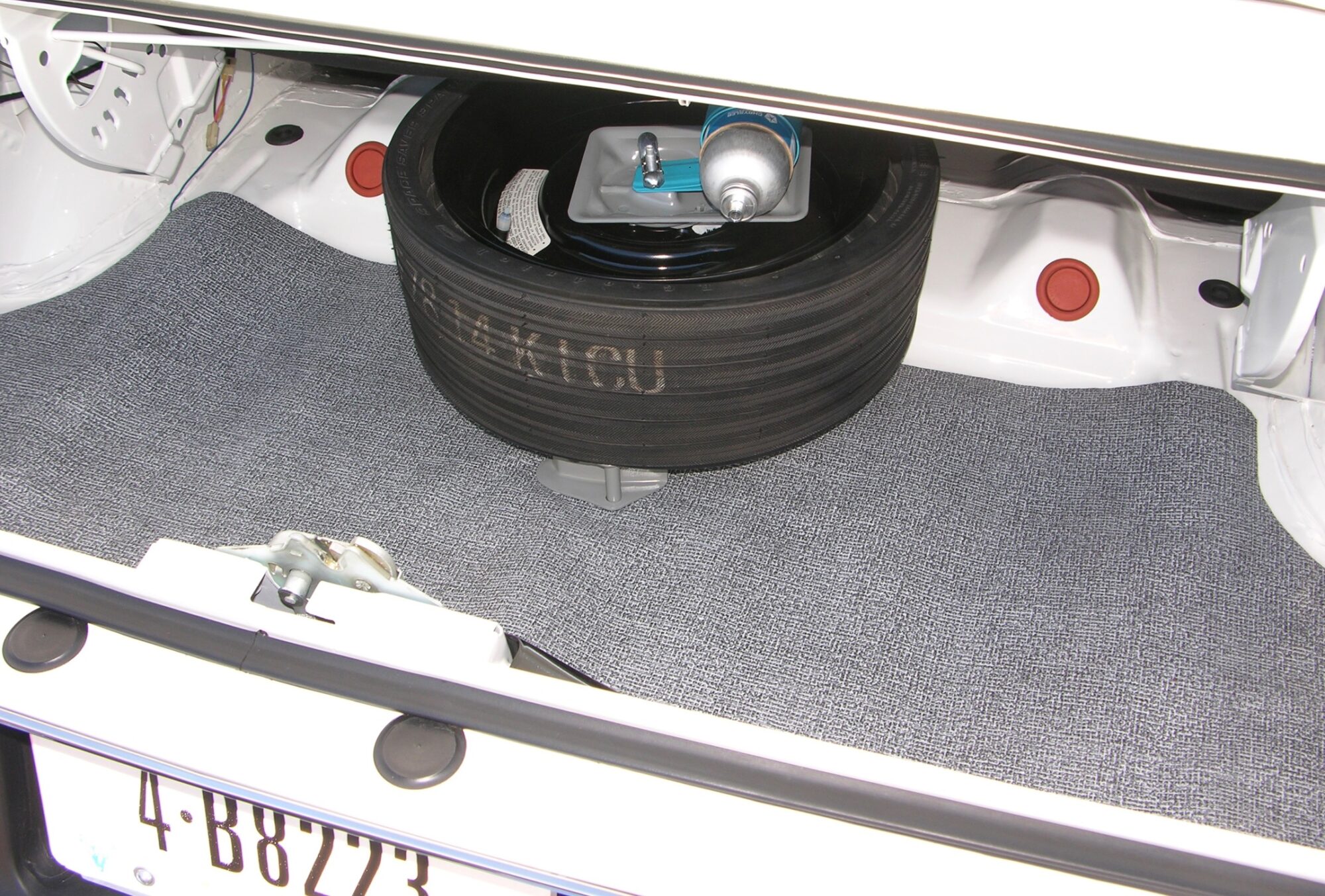
A mandatory option for HEMI engine-powered E-body cars was the W34 collapsible spare tire, with air canister, allowing for a bit more room inside the trunk cargo area.
MEANINGFUL COLORS
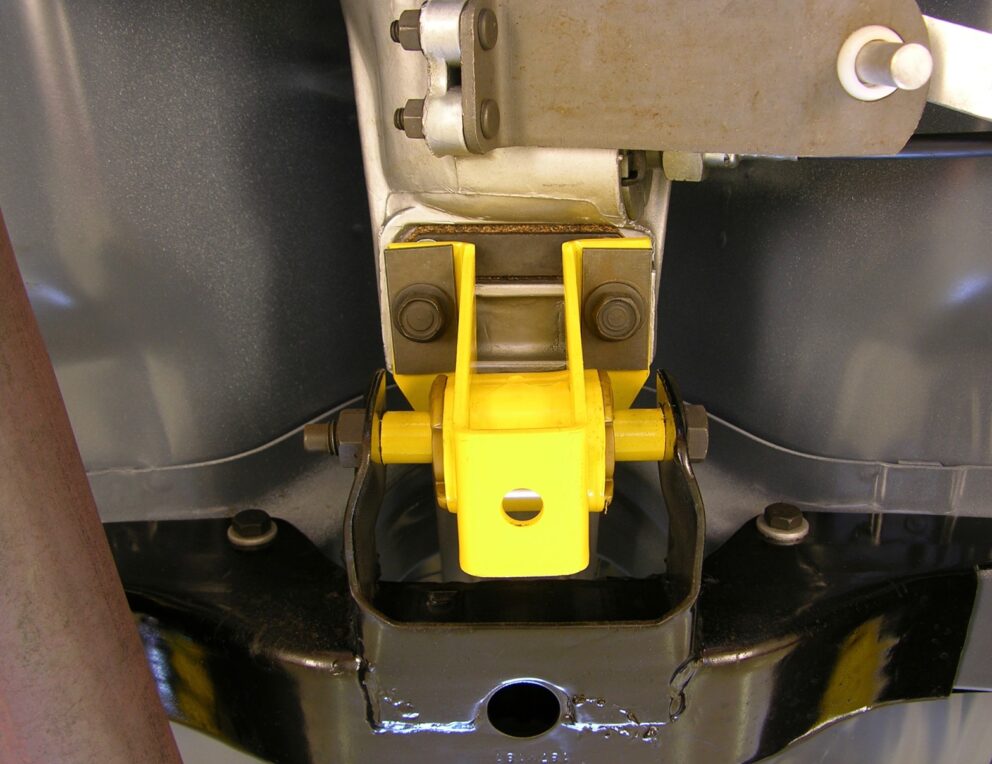
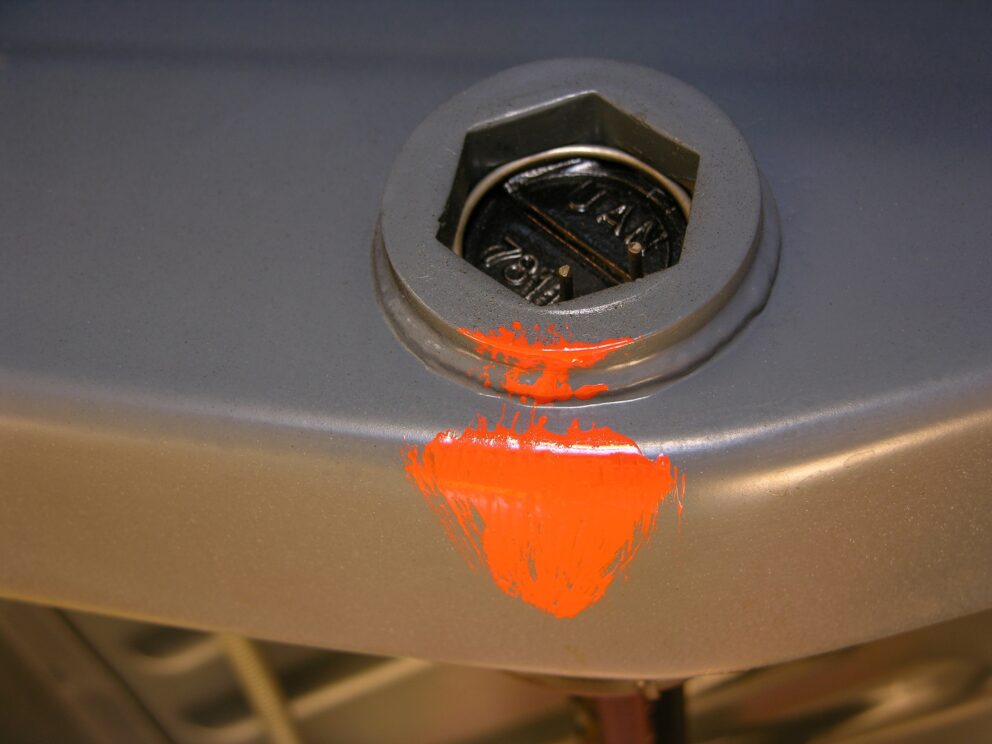
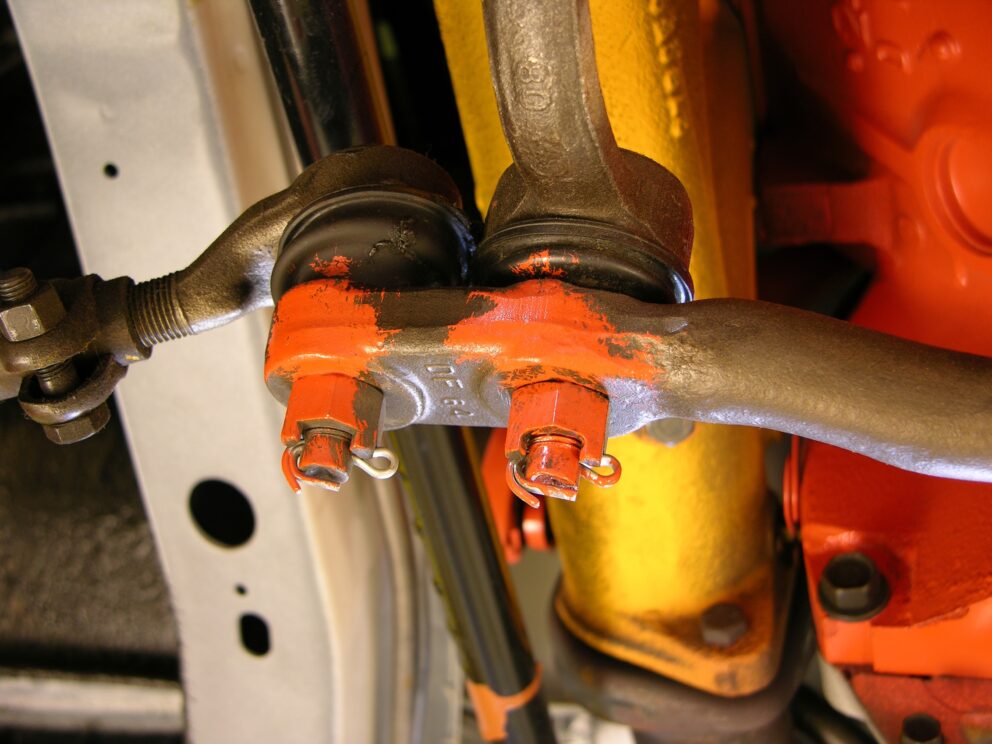
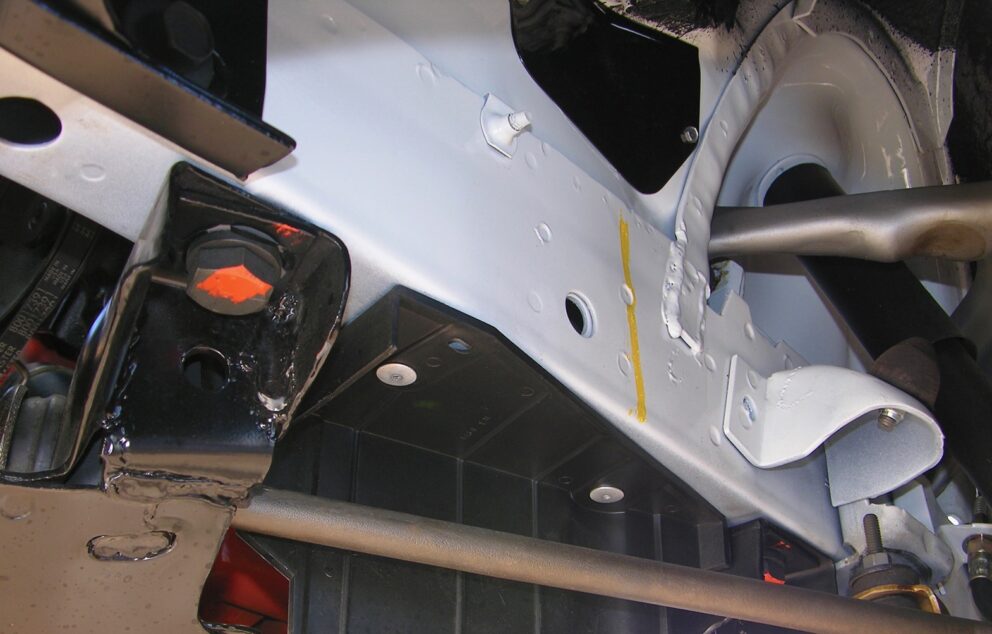
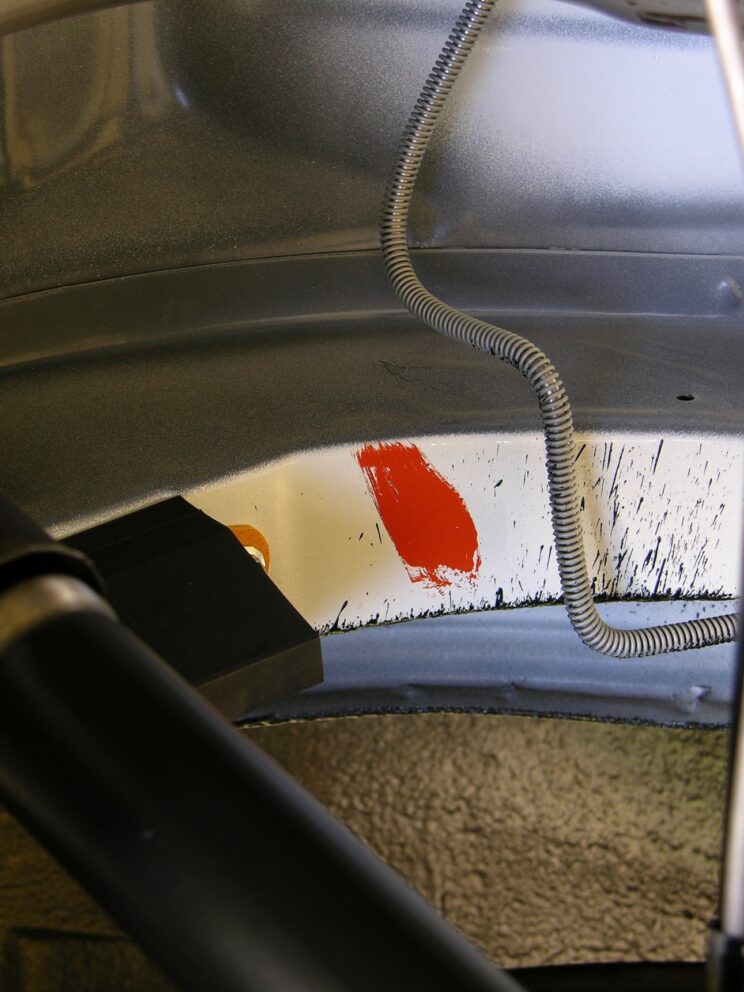
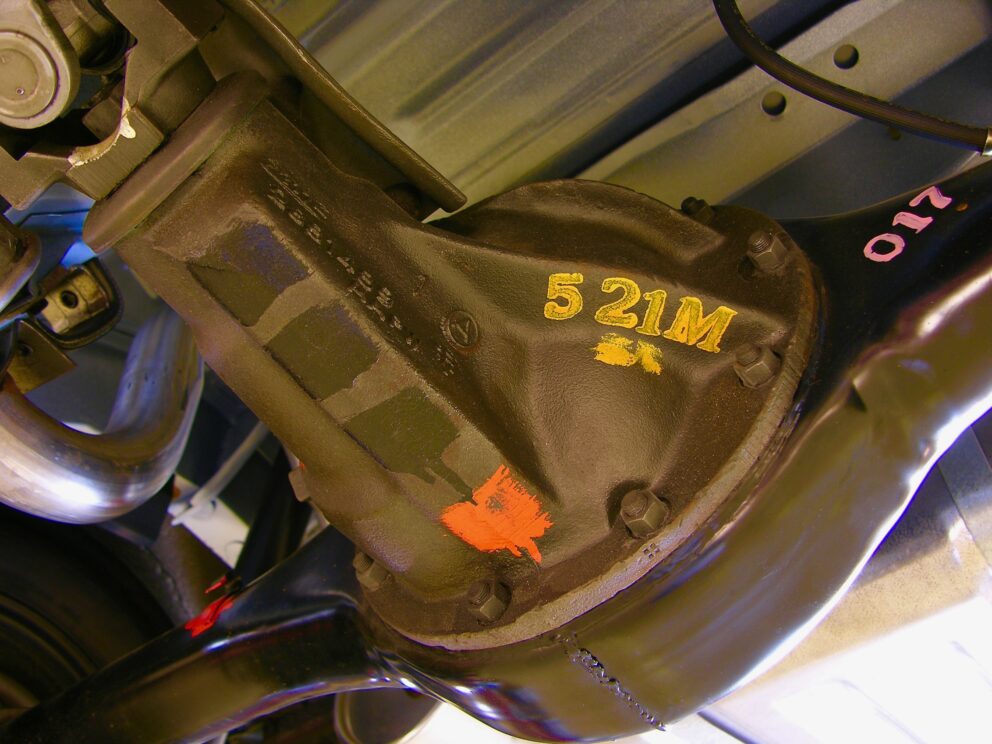
A meticulous 2-year restoration was performed on the rare ’Cuda and here are a few of the finishing touches! An example of the details that Roger Gibson does on these historical cars is the Bright Yellow color on the transmission mount for this application. In addition, by adding the various paint daubs (as per the original markings applied by Hamtramck Assembly Plant line inspectors), these colorful details add a ton of authenticity. The 8 3/4-inch rear axle includes the various correct codings for the 3.23:1 gears that the car came with as new.
The value of this car? Well into the millions, obviously. How the car was able to survive all the years, especially considering it retains all its original sheet metal, is amazing. Roger Gibson did an absolutely incredible job of bringing the car back in every detail to what it was like that June 1971 day it rolled off the assembly line in route to France.
Author: James Maxwell
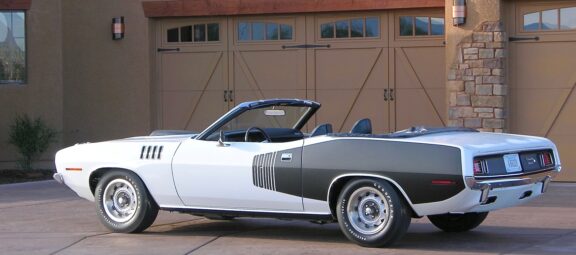
0 Comments